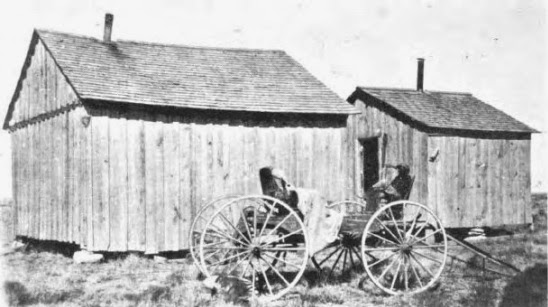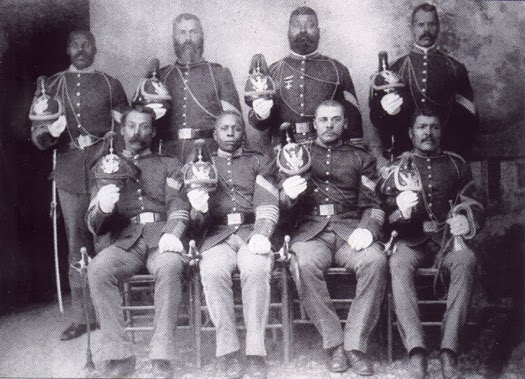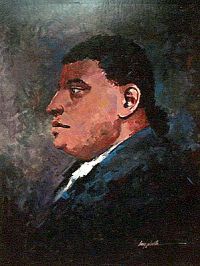Photo copyright Ajijaakwe, 2014; all rights reserved.
Just a quick heads-up about some of the content that will be appearing here in the days and weeks to come.
One set of topics I plan to cover in depth involves the myriad forms of cultural genocide still being practiced against our peoples. That includes everything from environmental dangers like the Keystone XL pipeline to the theft and misuse of our cultural ways to the literal stealing of our futures by way of our children.
I've written on most of these (and many other related) topics over the years at Daily Kos. I'll be cross-posting those pieces here, often — as will happen today — by way of providing context for what's to come.
Just over a year ago, I posted a diary there about the state of South Dakota's insidious practice of stealing Lakota children from the families and cultures, in the service of both racism and profit. This story is in the news again, as the tribes in that state continue to fight for their children — and thus their very future existence. I'll be cross-posting that piece here today as a launching point; I'll follow up with new information in the coming days, weeks, and months.
So if it looks familiar to you, it probably is, but don't be put off by last year's date. These evils are ongoing, and they need our continued pressure to bring them to a halt. and I'll be coming to you for help with that.
Chi miigwech.
* And of course, if you think these topics are important and you like the work you see here, please consider dropping a few pennies in the kitty via the PayPal link above to keep the work going.












